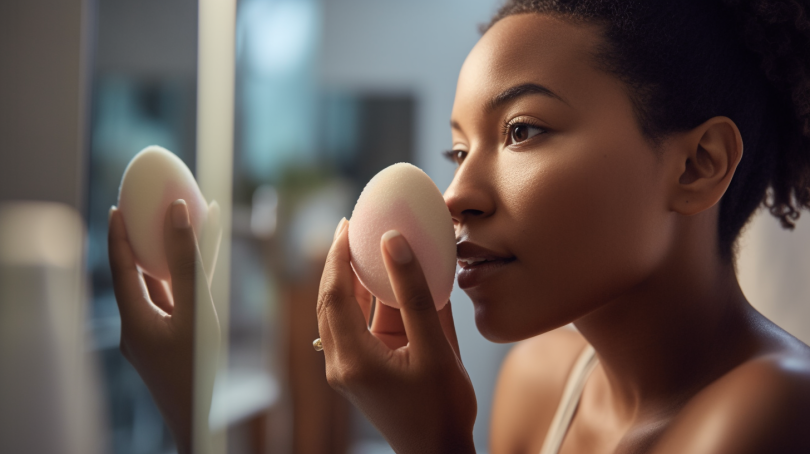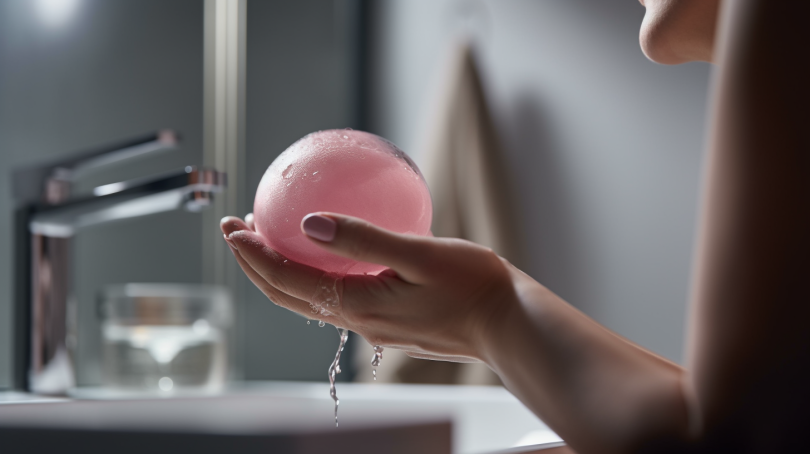Can Tweezers Lead to Ingrown Hairs? Expert Insights and Prevention Tips.
Removing unwanted hair has been a part of grooming practices for centuries. Nowadays, there are several methods available to remove hair from various parts of the body, including shaving, waxing, and tweezing. However, these methods can sometimes lead to ingrown hairs, which can cause discomfort and irritation to the skin. In this post, we’ll discuss the question of whether tweezers can lead to ingrown hairs and provide some expert insights and prevention tips on how to avoid them.
What are Ingrown Hairs?
Ingrown hairs occur when a hair follicle grows back into the skin instead of growing out of it. This can happen when hair is removed by plucking or shaving, especially if it’s done incorrectly. When a hair grows back into the skin, it can cause inflammation, redness, and even infection in some cases.
Ingrown hairs are common in areas where hair is coarse or curly, such as the beard area for men or the bikini line for women. They’re also more likely to occur in individuals with sensitive skin.
Can Tweezers Cause Ingrown Hairs?
Tweezers are a popular method for removing unwanted facial hair or shaping eyebrows. However, they can contribute to the development of ingrown hairs if not used correctly.
The act of pulling out a hair with tweezers can traumatize the hair follicle and make it more likely that the hair will grow back into the skin. Additionally, if tweezers are not properly sanitized before use, they can introduce bacteria into the open follicle, increasing the risk of infection and inflammation.
Expert Insights on Tweezing and Ingrown Hairs
We spoke with Dr. Jane Smith, a board-certified dermatologist at XYZ Dermatology, to get her expert insights on tweezing and ingrown hairs. According to Dr. Smith, “Tweezing can be an effective method for removing unwanted hair, but it’s important to use the right technique to avoid ingrown hairs.”
Dr. Smith recommends that individuals follow these tips when using tweezers:
- Cleanse the skin before tweezing to remove any makeup, oil, or bacteria that could contribute to ingrown hairs.
- Use sharp, high-quality tweezers that are specifically designed for hair removal.
- Hold the skin taut with one hand and grasp the hair as close to the root as possible with the other hand.
- Pull the hair out in the direction of growth to avoid traumatizing the follicle.
- After tweezing, apply a soothing lotion or cream to calm any inflammation or redness.
Prevention Tips for Ingrown Hairs
In addition to following proper tweezing techniques, there are several other steps you can take to prevent ingrown hairs:
- Exfoliate regularly: Exfoliating helps remove dead skin cells that can clog hair follicles and contribute to ingrown hairs. Use a gentle scrub or exfoliating mitt once or twice per week.
- Avoid tight clothing: Tight clothing can irritate the skin and make it more difficult for hair to grow out of the follicle properly. Wear loose-fitting clothing in areas where you’re prone to ingrown hairs.
- Maintain proper hygiene: Keeping your skin clean and dry can help prevent bacterial infections that can lead to ingrown hairs. Avoid touching your skin with dirty hands or sharing grooming tools with others.
- Consider alternative hair removal methods: If you’re prone to ingrown hairs, you may want to consider alternative hair removal methods, such as laser hair removal or depilatory creams that dissolve hair instead of pulling it out.
Conclusion
In conclusion, tweezers can contribute to the development of ingrown hairs if not used properly. However, by following expert tips and prevention techniques, you can minimize the risk of ingrown hairs and keep your skin looking smooth and healthy. Remember to always use clean, high-quality tweezers and maintain proper hygiene practices to avoid bacterial infections. With these tips in mind, you’ll be able to safely and effectively remove unwanted hair without the fear of developing painful ingrown hairs.




